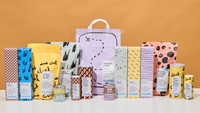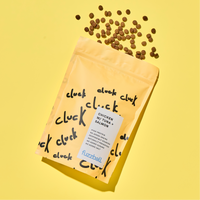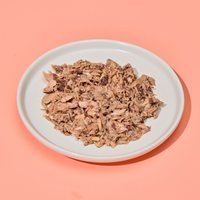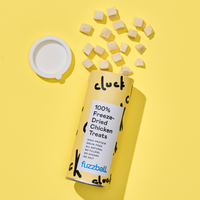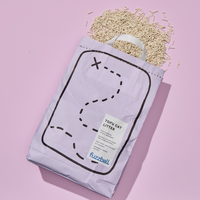The Best Way to Measure Portions of Dry Cat Food
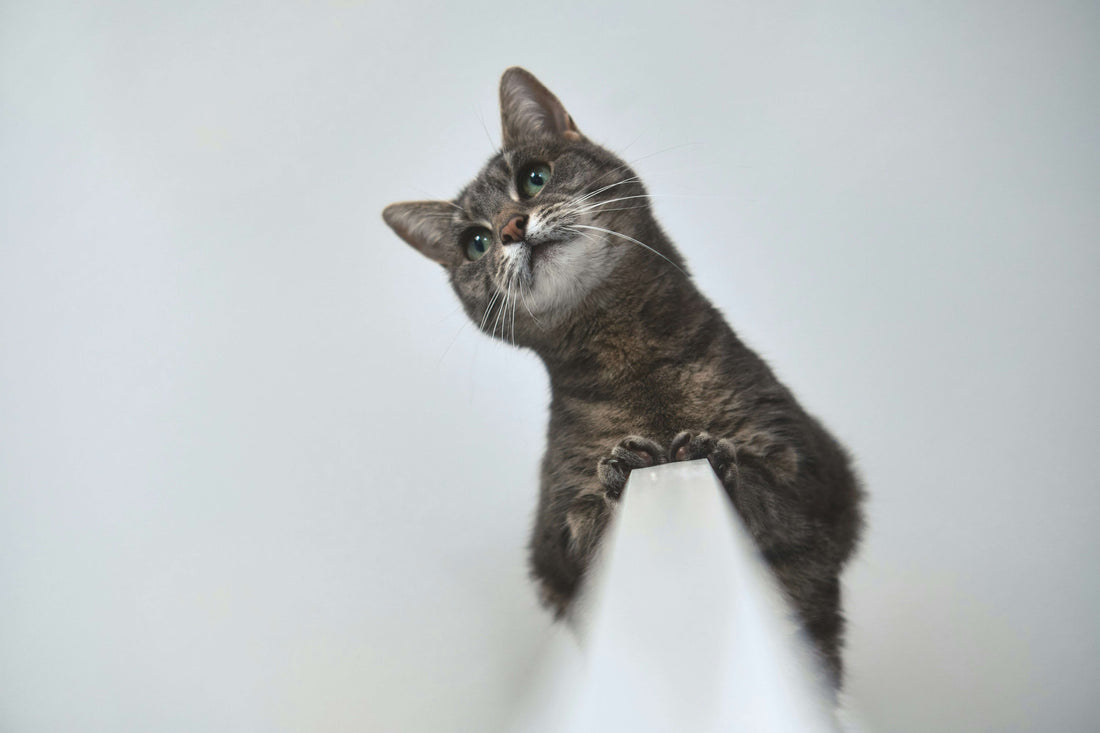
Let’s accept the truth—when it comes to our furry companions, it is simple to switch from a caring pet owner to an unintentionally overly indulgent feeder. “Just a little bit more food,” we all say as those big pleading eyes look for seconds, third, or even fourth servings. However, cat dry food needs special attention because proper portioning is paramount to your cat's health.
Why?
The reason is that just a few additional crunchies can lead to unwanted digestive issues or weight gain down the line. So, where is the balance? Fear not, we are eager to assist you and your feline companion to work this out.
Why Portioning Dry Food Matters
Filling up your cat's bowl so they can eat leisurely is often tempting, but treating your fur baby like royalty and letting them graze as they please isn’t ideal for them. Although all cats are different, if you know that yours doesn’t know how to eat in moderation this technique can lead to health issues such as obesity. Although your intentions are good, let’s consider measured feeding for happier, healthier cats.
Check the Label
As a start, look at the guidelines on your cat's dry food bag. If they have an outline for extremes, you should look for mid-ranges. Cats who are more inactive should be placed at the lower end and cats with higher activity i.e. window watchers should be placed at the higher end. Most cat foods will have a scale for small, medium or large cats. Fuzzball has an onboarding questionnaire which informs cat parents of the correct amount of food to feed their cats daily. This is one of the fundamental parts of the business.
Be Sure To Use a Measuring Cup
A lack of precision will definitely make tracking difficult, which is why using a measuring cup will allow you to track food portions better. You can check the packaging to see the recommended gram amount for your cat. Consistency is crucial. That way, you can monitor how much food your cat is getting.

Divide Meals Into Two (Or More) Parts
Feeding your cat one large meal may seem more convenient, however, spreading out meals throughout the day can be more beneficial for their digestion, energy levels, and even mood. Dinner and breakfast are the more popular meals, but some kitties (especially with sensitive tummies) do better with three or four smaller meals throughout the day. That gives you bonding time, so it’s a win-win!
Don’t Forget About Treats
Those scrumptious bites can add in more calories than you expect. Keep them to a maximum of 10% of your cat's daily caloric intake and yes, treats most definitely apply to their overall food intake. If you know you’ll be giving out a lot of treats, consider taking out a few kibbles from their dinner portion for the day.
What If You’re Using an Automatic Feeder?
Automatic feeders can be advantageous for many people, but they can still make you question if accurate measurements are needed. Always ensure that the portion size settings are correct and you perform a few test rounds so you are confident in the amount of food given.
When In Doubt, Ask Your Vet
Each cat has its own unique characteristics. Cats' eating habits can depend on their age, weight, breed, or other important factors. If you're struggling with the correct serving size, your veterinarian can assist you with custom guidance and maintain good monitoring of your cat's weight and health.
More Pro Tips for Purr-fect Portioning
Here are four simple tips to keep your fur-friend happy and healthy:
1. Do not forget to follow a feeding timetable; Cats respond favourably to feeding routines.
2. Always keep the dry food in a sealed container to retain its freshness.
3. If your cat constantly appears to be hungry, it could mean they are not receiving adequate nutrition. You might want to try a more protein dense diet or more fibrous foods.
4. Control the size of the bowl. This will help avoid the temptation of filling a big bowl with more food
